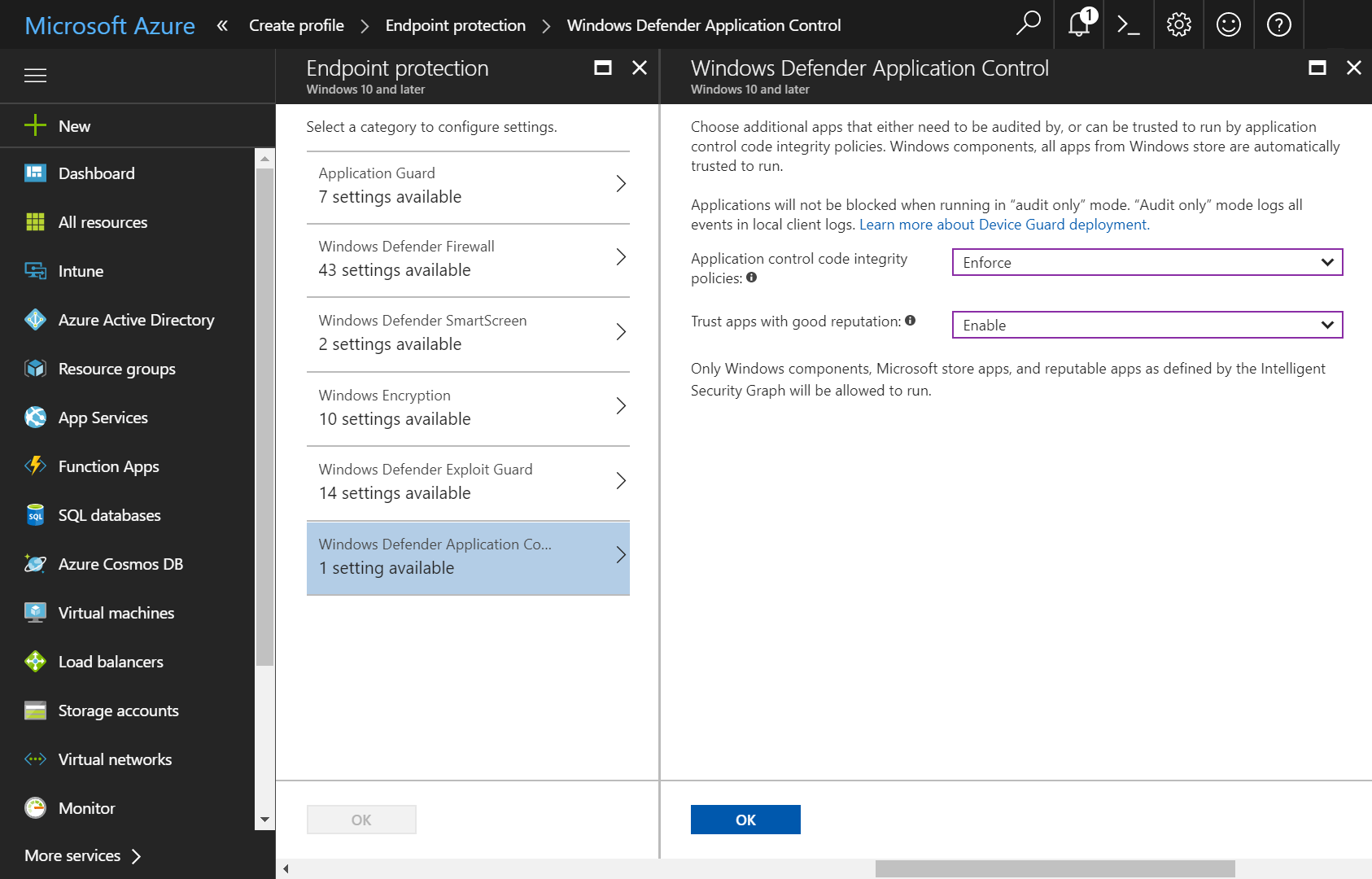Andy Ful
From Hard_Configurator Tools
Thread author
Verified
Honorary Member
Top Poster
Developer
Well-known
- Dec 23, 2014
- 8,908
It is improbable that Microsoft will remove both SAC and SRP. But in such a case, one can use AppLocker (via LightWindowsHardening) instead of SRP:Yes please give the user always the choice to use SRP (maybe off be default).
On my win 11 MS decided to disable SAC. SAC was for me the reason to try 11 at all (so I'm quite disappointed).
So if there is no SRP and MS disables SAC for you you got "nothing" otherwise.
https://malwaretips.com/threads/microsoft-defender-config-max-smart-app-control.120267/post-1021020



